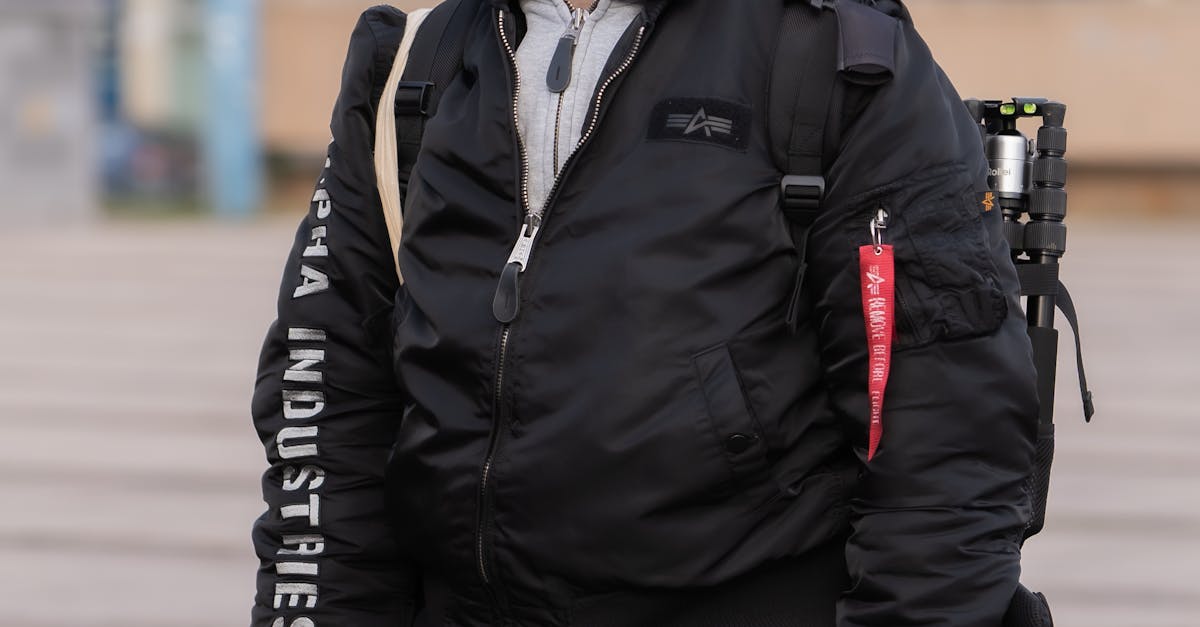
Maintenance Tips for Pushrod Sewer Cameras
Maintenance of pushrod sewer cameras is crucial to ensure their optimal performance and longevity. Regularly cleaning the camera head, cable, and monitor screen after each use is essential to prevent debris buildup that can affect image quality. Use a soft cloth or a non-abrasive cleaning solution to gently wipe down the equipment, avoiding harsh chemicals that may damage the sensitive components.How often should pushrod sewer cameras be maintained?
When choosing pushrod sewer cameras, it is crucial to consider the camera head size. The size of the camera head can determine the quality of the footage captured and its ability to navigate through different pipe diameters. Larger camera heads may provide clearer images but could have difficulty fitting into smaller pipes. On the other hand, smaller camera heads may be more versatile in navigating tight spaces but could sacrifice image quality.
Another important factor to consider is the length of the pushrod. The length of the pushrod will determine the distance the camera can travel inside the sewer line. It is essential to choose a pushrod length that suits the typical depth of the pipes you will be inspecting. Opting for a longer pushrod can provide flexibility and reach further distances, but it may also add weight and be more challenging to manoeuvre. Balancing the need for length with ease of handling is crucial in selecting the most suitable pushrod sewer camera for your needs.Furthermore, always handle the pushrod sewer camera with care when maneuvering it through pipes and conduits to avoid unnecessary strain on the equipment. Be mindful of any sharp edges or rough surfaces that could potentially damage the pushrod, and take caution when turning corners or navigating tight spaces. By following these best practices for caring for and extending the life of pushrod sewer cameras, users can maximize the efficiency and longevity of their equipment, ultimately saving time and resources in the long run.
Budget Considerations for Purchasing Pushrod Sewer CamerasComparison Between Pushrod and Selfleveling Sewer Cameras
When looking to purchase pushrod sewer cameras, it's crucial to consider the budget implications. These devices come in a variety of models and specifications, each with its own price point. It's essential to assess your specific needs and budget constraints to determine the most suitable option for your requirements. While it may be tempting to opt for the cheapest camera available, investing in a higher quality model can save you money in the long run by avoiding frequent repairs and replacements.When comparing pushrod and self-leveling sewer cameras, it's essential to consider the unique features and benefits of each type. Pushrod cameras are more versatile and suitable for navigating through a variety of pipe sizes and shapes due to their manual control. On the other hand, self-leveling cameras are beneficial for maintaining a consistent orientation within the pipe, offering easier navigation, especially in larger pipelines.
In addition to the initial purchase cost, it's important to factor in any additional expenses associated with pushrod sewer cameras. This includes ongoing maintenance, repair costs, and accessories such as cables and reels. It's advisable to create a comprehensive budget that accounts for all potential expenses to ensure you are fully prepared for the financial implications of owning and operating a pushrod sewer camera. By carefully assessing the total cost of ownership, you can make an informed decision that aligns with your budget and operational requirements.Pushrod cameras require manual adjustment to push and steer through the pipeline, providing operators with precise control over the direction of the camera head. In contrast, self-leveling cameras automatically adjust the orientation of the camera head to ensure a clear view, making them ideal for hands-free operation in larger pipes where manual control may be challenging. Both types of cameras have their advantages, and the choice between them depends on the specific needs of the inspection task at hand.
Training Requirements for Operating Pushrod Sewer CamerasContrasting features and benefits of pushrod and selfleveling sewer cameras
AFurthermore, having proper training ensures that operators are aware of the safety protocols and best practices associated with using pushrod sewer cameras. Understanding how to handle the equipment correctly can help prevent accidents and damage to the cameras themselves. Additionally, trained operators are more likely to be efficient in their inspections, as they can navigate through the pipes with ease and locate any problems swiftly. Investing in training for those who will be using pushrod sewer cameras can ultimately save time, money, and resources in the long run.
Inspection Push Cameras